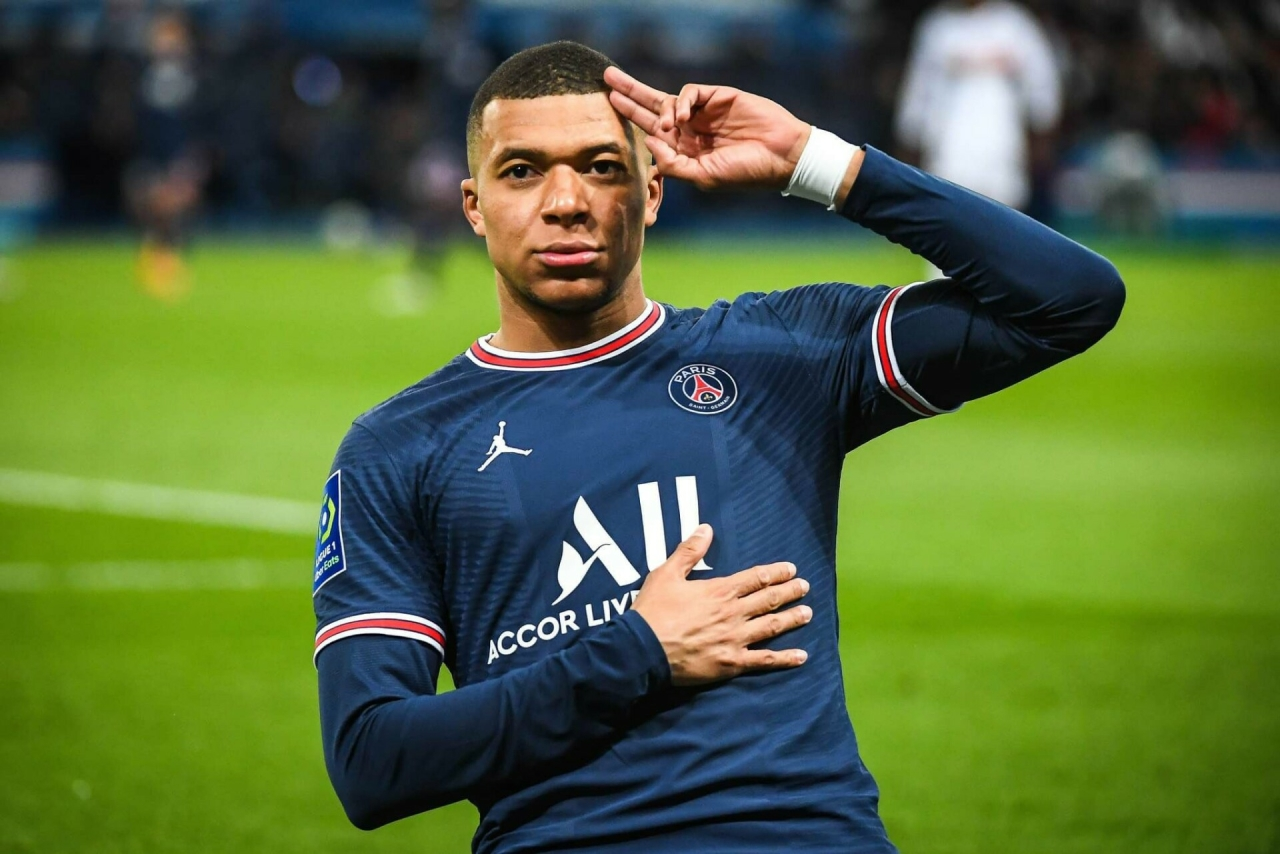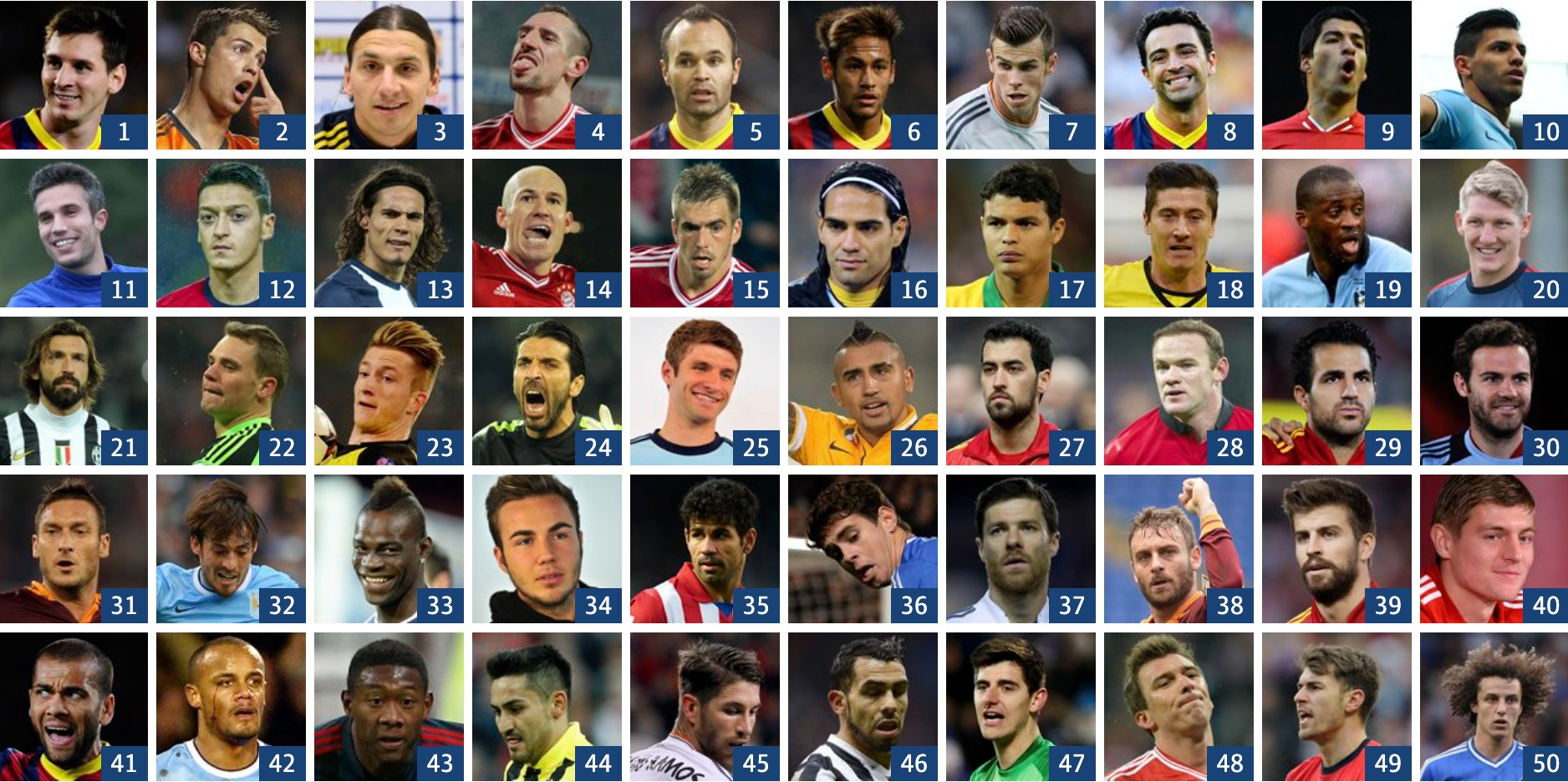The analysts’ calculators have overheated. Fans argue in bars as if in jury trials. The scalpels of sports journalists dissect every substitution and every ball loss. The year 2025 has brought a new top five leaders to the summit. Here, it’s not names that matter, but mechanisms: personnel accuracy, systemic aggression, financial injections, and psychological armor. The best football clubs in the world in 2025 — without lyricism and fan veils.
Manchester City: the factory of total control
Silence at the Etihad Stadium only happens during breaks. The team sings in perfect harmony — each note prescribed by Pep himself. The team finished the season in the Premier League with 92 points and a goal difference of +58. Manchester City defeated everyone they were supposed to and some they weren’t. The squad is a delayed-action explosive. Erling Haaland scored 34 goals, Rico Lewis turned defense into a chess game. Lucas Paqueta’s transfer strengthened the midfield, turning the center of the field into a press mold.

The best football clubs in the world in 2025 don’t act spontaneously — they plan their invasion. Manchester City demonstrated how to strategically manage resources. Winning the Champions League brought in €147.5 million in prize money. In the decisive stage matches, the team had an average ball possession of 67% of the time. The opponents were mere statistics.
Real Madrid: a classic with no expiration date
Florentino Perez is assembling not a team, but a collection of football cultural artifacts. The lineup consists not just of players, but of a postulate: Jude Bellingham, Vinicius Junior, Eduardo Camavinga. The average age of the starting lineup is 24.6 years, but the experience is that of a centenarian sommelier. Real Madrid once again demonstrates its status as one of the best football squads of 2025.
At the finish line of La Liga — 88 points, 27 wins, and only 3 losses. The strongest football clubs in 2025 are not afraid to change legends: the farewells to Modric and Kroos were executed with surgical precision. Replacements were found not in the past, but in the future.
In the Champions League semi-final, Real crushed “Arsenal” with an aggregate score of 5:2. According to Transfermarkt, the total squad value exceeded €1.06 billion. This strengthened its position as the 2nd in Europe. A blend of speed and discipline — the formula for Madrid’s success.
Bayern Munich: discipline as the engine of progress
Germany votes with its feet. Bayern Munich finished the season in the Bundesliga with 84 points, losing only 9 throughout the championship. Harry Kane scored 30 goals and provided 12 assists, becoming the most productive forward in the top 5 leagues of Europe. The team’s configuration is the perfect balance between attacking pressure and defensive structure. Four winter transfers strengthened the flanks and the center, with a total budget of €118 million.
The best football clubs in the world in 2025 do not allow inconsistency in decision-making. Coach Vincent Kompany introduced strict micro-tactics, where each player is an algorithm executor. Defender Upamecano won 81% of duels during the season, the best among central defenders in the league.
Bayern’s position in the top five best football clubs of 2025 is not a surprise but the result of a predictable algorithm.
Liverpool: the breakthrough that hit the mark
Football performed by Liverpool in 2025 is like jazz on steroids. Jurgen Klopp ended an era, passing the helm to Arne Slot. The new coach maintained the intensity but replaced chaos with a variable structure. 86 points in the Premier League, third place, and a Champions League semi-final — a powerful outcome for a transition year.
The transfers of Alex Scott and Ousmane Diabate added depth and control to the team. Throughout the season, the “Reds” created 108 clear goal-scoring opportunities — the second-best result in the league after City. Liverpool confirms its status as the strongest contender in the list of the best football clubs in the world in 2025.
Barcelona: football as philosophy
Barcelona no longer hides crises but transforms them into advantages. The team finished the season in second place in La Liga with 85 points. Xavi’s return as a mentor initiated a countdown to the “tiki-taka 2.0” era. Average ball possession — 64%. Robert Lewandowski scored 22 goals, and Lamin Yamal became the youngest player to score a hat-trick in the club’s history at 17.
The best football clubs in the world in 2025 do not replicate the past but reverse it. The Catalan club demonstrated the ability to adapt to a new economic reality. In the 2025 season, Barca generated €785 million in revenue, ranking fourth in Europe in commercial income.
Philosophy transformed into points ensures its stable position at the top.
Best Football Clubs in the World 2025: Who Will Remain at the Top
Analysts assess potential based on three criteria: squad depth, system efficiency, and strategic flexibility. The current forecast for football clubs in 2025 is based on calculated logic, not fans’ emotions.
Forecast for the top five:
- Manchester City — the favorite to retain leadership if the squad remains intact.
- Real Madrid — the number one threat, especially considering the young core.
- Bayern Munich — expected to consistently be in the top 3 with the current squad policy.
- Liverpool — dependent on the progress of young players.
- Barcelona — a potential triumph if they manage to stabilize the financial model.
Criteria for Making the Top
To create an objective picture, we identified key parameters influencing the position in the global ranking table. These criteria cover not only the sporting aspect but also the deep processes within the teams. These factors allowed us to identify the leaders of this year’s season.
Five factors that determined the best football clubs in the world in 2025:
- Results — points, goals scored, trophies.
- Squad — a balance of experience, talent, and form.
- Transfers — targeted, systematic acquisitions.
- Stability of the coaching staff — tactical consistency.
- Financial indicators — revenues, investments, profitability.
Combining these factors shapes a club’s sustainable success. The season’s leaders didn’t just win — they built a system capable of delivering results in the long term.
Leagues as a Competitive Environment
The Premier League remains a leader in entertainment and profitability. La Liga strengthened its position through Real Madrid and Barcelona. The Bundesliga showcased the rise of young talents, bringing 6 players under 21 into the top. All of this created competition between ecosystems. The best football clubs in the world in 2025 not only build their teams but also enhance the leagues they compete in.

Comparison:
- Premier League: total player squad revenue — €6.2 billion, average attendance — 41,212 spectators.
- La Liga: revenue — €3.7 billion, attendance — 32,410.
- Bundesliga: revenue — €3.3 billion, attendance — 43,820..
Conclusion
The best football clubs in the world in 2025 have set a new standard — a symbiosis of economy, intellect, and athleticism. It’s not just the strongest that win but the systematically organized. Those who think in numbers, nurture intelligence, and value fans’ emotions without superficial showmanship emerge victorious.
 en
en  de
de  ar
ar  es
es  nl
nl  hi
hi  fr
fr  it
it  pt
pt  el
el 










